In September 1999, Hisashi Ouchi, a 35-year-old worker at the Tokaimura Nuclear Power Plant in Japan, experienced one of the worst nuclear accidents in history. Ouchi was employed by the Japan Conversion Corporation (JCO) and had a negligible net worth at the time of his death, considering the environment in which he worked. Not only did the accident result in severe radiation exposure for Ouchi, it also had a significant impact on global nuclear safety protocols.
What caused the Tokaimura nuclear accident?
The accident on September 30, 1999, was the result of a series of unfortunate events, inadequate safety measures and tight production deadlines. Hisashi Ouchi and two colleagues were assigned to mix a new batch of fuel. Standard procedure was to use an automated pump to mix up to 2.4 kg of enriched uranium with nitric acid. However, due to time constraints and perhaps a lack of proper supervision, the workers took a dangerous shortcut.
How shortcuts can lead to disaster
Instead of following safety procedures, Ouchi and his colleagues manually mixed uranium in stainless steel buckets, far exceeding safety limits. They mixed a staggering 16 kilograms of fissile material, according to the U.S. National Library of Medicine. This serious miscalculation caused the uranium to reach a critical mass, setting off an uncontrolled nuclear chain reaction that lasted 18 hours before being stopped. By then, irreparable damage had been done.
What are the immediate effects of radiation exposure?
The consequences of this critical mass reaction were devastating. More than 60 people, including three rescue workers and seven golfers on a nearby golf course, were exposed to high doses of radiation. However, the worst affected was Hisashi Ouchi, who bore the bulk of the radiation. To put radiation exposure into perspective, normal background radiation results in a dose of about 2 to 4 millisieverts per year. In comparison, Ouchi was exposed to a radiation dose of about 17 sieverts, well over the lethal threshold of 5 sieverts.
What are the medical consequences of Hisashi Ouchi?
Ouchi and his colleagues fainted immediately after being exposed to radiation and developed symptoms of acute radiation sickness, such as nausea. They were quickly rushed to a local hospital, where doctors found that Ouchi’s lymphocytes had been destroyed and his white blood cell count had dropped to almost zero. He also suffered severe radiation burns all over his body and severe damage to his internal organs. His condition was unprecedentedly serious.
How was Ouchi Hisaishi treated?
Dr. Ouchi’s treatment included both innovative and desperate measures. He was scheduled to receive blood stem cell therapy from his brother’s blood, the first such treatment for a radiation victim. Despite these efforts, Dr. Ouchi spent 83 days in excruciating pain. His medical team did everything they could to save his life, but his body eventually succumbed to multiple organ failure.
What are the wider implications of this accident?
The impact of the Tokaimura nuclear accident was far-reaching, not only causing direct physical harm to workers and nearby personnel. It exposed serious flaws in safety procedures at nuclear facilities and prompted a global reassessment of nuclear safety standards. The disaster highlighted the urgent need for strict adherence to safety measures, as well as the catastrophic risks of complacency and taking shortcuts when handling radioactive materials.
What lessons can we learn from the Tokai Village accident?
This tragic event highlighted the importance of rigorous safety training and adherence to procedures at nuclear facilities. It also led to significant changes in the regulatory framework for nuclear safety in Japan and other countries. The accident was a shocking reminder of the devastating consequences that human error and inadequate safety measures can have when handling nuclear materials.
How do people remember Hisa Ouchi?
Hisashi Ouchi’s story is a sad reminder of the human cost of industrial and technological progress. His ordeal brought awareness to the enormous risks faced by workers at nuclear facilities and the urgent need to improve safety measures. While his life was cut short under tragic circumstances, his story has helped to raise awareness and reform nuclear safety protocols, potentially preventing future disasters.
The Tokaimura accident remains a pivotal event in the history of nuclear energy, marking a major turning point in how safety procedures were viewed and implemented worldwide. Ouchi’s legacy, while tragic, is an important lesson in the relentless pursuit of safety and vigilance in the face of potentially devastating technology.
Copy this article Photos of Hisashi Ouchi, please see the real photos here
please put the source on the website svlsf.edu.vn
Categories: Biography
Source: svlsf.edu.vn
